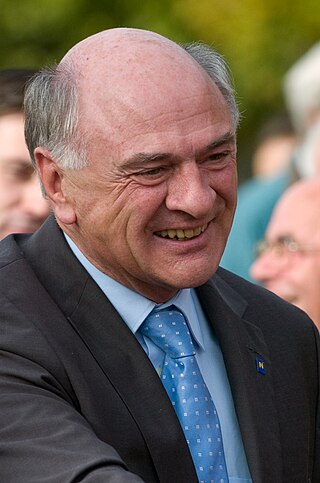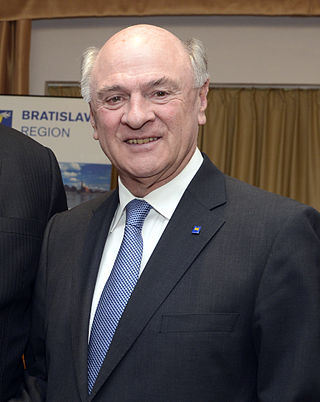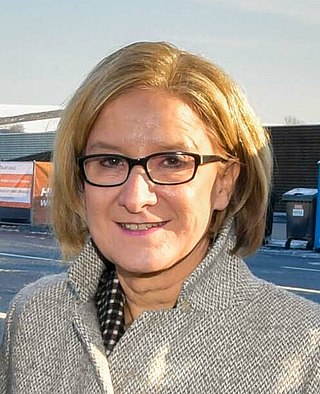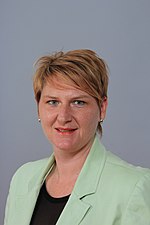
The 2008 Lower Austrian state election was held on 9 March 2008 to elect the members of the Landtag of Lower Austria.

The 2005 Burgenland state election was held on 9 October 2005 to elect the members of the 19th Landtag of Burgenland.

The 2003 Lower Austrian state election was held on 30 March 2003 to elect the members of the Landtag of Lower Austria.

The 2003 Upper Austrian state election was held on 28 September 2003 to elect the members of the Landtag of Upper Austria.

Legislative elections were held in Austria on 29 September 2013 to elect the 25th National Council, the lower house of Austria's bicameral parliament.

The 2013 Tyrolean state election was held on 28 April 2013 to elect the members of the Landtag of Tyrol.

The 2013 Lower Austrian state election was held on 3 March 2013 to elect the members of the Landtag of Lower Austria.

The 2013 Salzburg state election was held on 5 May 2013 to elect the members of the Landtag of Salzburg.

The 2010 Styrian state election was held on 26 September 2010 to elect the members of the Landtag of Styria.

Legislative elections were held in Austria on 15 October 2017 to elect the 26th National Council, the lower house of Austria's bicameral parliament. The snap election was called when the coalition government between the Social Democratic Party of Austria (SPÖ) and Austrian People's Party (ÖVP) was dissolved in May by the latter party's new leader Sebastian Kurz.

The 2015 Styrian state election was held on 31 May 2015 to elect the members of the Landtag of Styria.

The 2018 Salzburg state election was held on 22 April 2018 to elect the members of the Landtag of Salzburg.

The 2015 Burgenland state election was held on 31 May 2015 to elect the members of the 21st Landtag of Burgenland.

The 2018 Carinthian state election was held on 5 March 2018 to elect the members of the Landtag of Carinthia.

The 2015 Upper Austrian state election was held on 27 September 2015 to elect the members of the Landtag of Upper Austria.

The 2015 Viennese state election was held on 11 October 2015 to elect the members of the Gemeinderat and Landtag of Vienna.

The 2020 Viennese state election was held on 11 October 2020 to elect the members of the Gemeinderat and Landtag of Vienna. The outgoing government was a coalition of the Social Democratic Party (SPÖ) and The Greens.

The 2014 Vorarlberg state election was held on 21 September 2014 to elect the members of the Landtag of Vorarlberg.

The 2021 Upper Austrian state election was held on 26 September 2021 to elect the members of the Landtag of Upper Austria.

The 2023 Lower Austrian state election was held on 29 January 2023 to elect the members of the Landtag of Lower Austria.






















